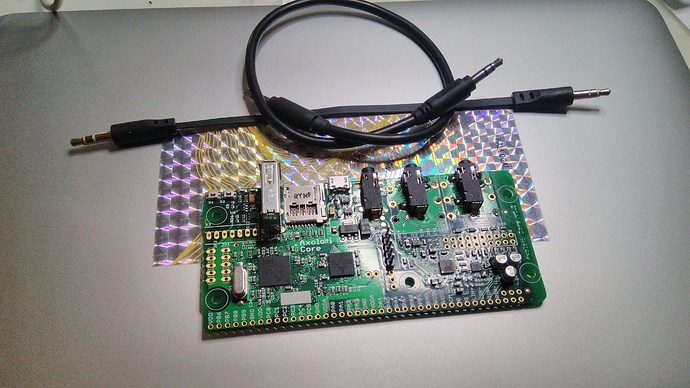sorry, I meant it was not specific to eurorack, rather than applicable to eurorack, and specifically about the Euxoloti project.
so just thought this was a better 'home' for discussion about a minimal/stripped down board... and yeah the raw brick, was not obvious to me when I first saw it, so not surprised you overlooked it 
(renamed thread to help others find in the future)
I get your point about integration... and Johannes has said he is very much interested in the DIY/hardware hacking side, so as I said I could be completely wrong, perhaps there is an attractive side to this.
perhaps thats where the discussion is at...
i.e. rather than thinking about stripping down a board, how could a variant be created thats attractive to a significant number of DIYers (or whatever your market is) to make it viable.
for sure I can see the applicability of the modular software environment.
(I dont think, faster or more sdram is really a motive, as arguably these could be both added to a v2 axoloti core board rather than a variant)
Im interested in this side, as id like to do a bit of hardware hacking this year, and being a complete newbie to this area would would love to hear more on things people are doing and how they are doing it with Axoloti.


 )
) 